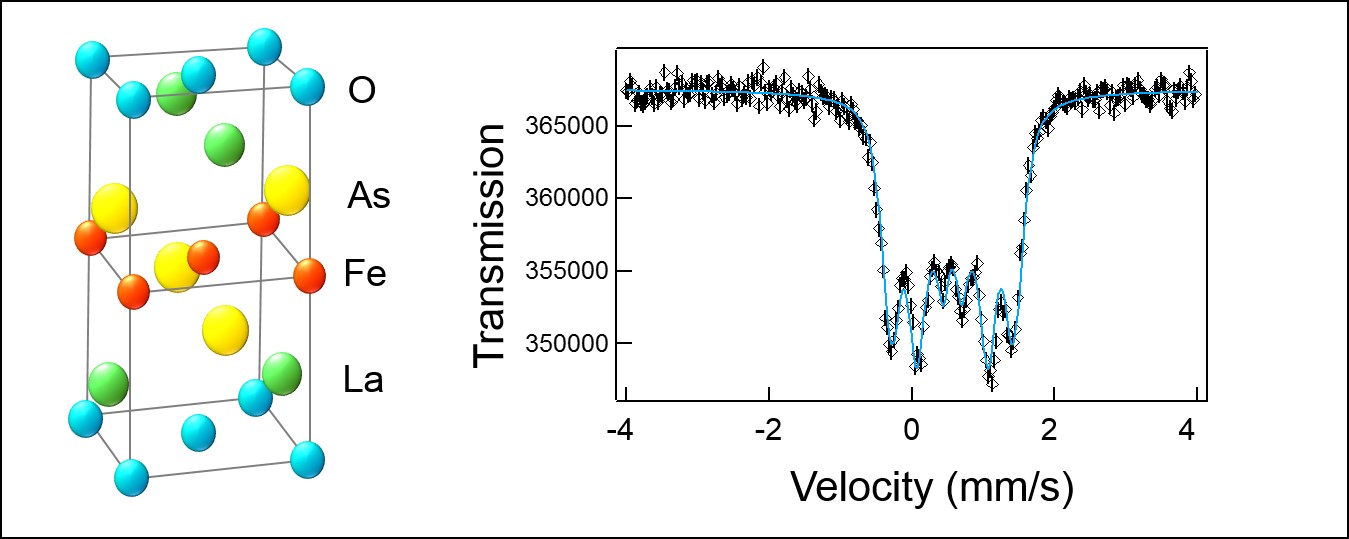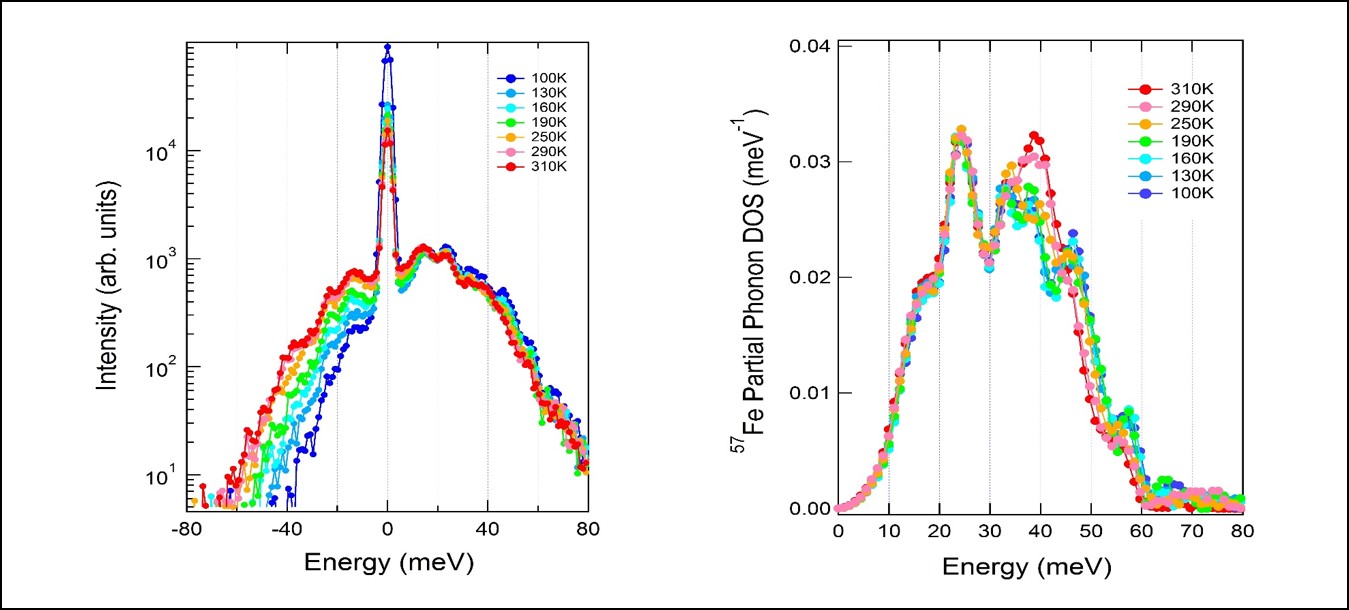Nuclear Radiation Physics
Professor
- SETO, Makoto e-mail: seto.makoto.2c<atmark>kyoto-u.ac.jp
Associate Professor
- KITAO, Shinji e-mail: kitao.shinji.5s<atmark>kyoto-u.ac.jp
Assistant Professors
- KOBAYASHI, Yasuhiro e-mail: kobayashi.yasuhiro.3x<atmark>kyoto-u.ac.jp
- Yamashita, Hiroyuki e-mail: yamashita.hiroyuki.8w<atmark>kyoto-u.ac.jp
*replace <atmark> with @
In recent condensed matter physics, nuclear methods have been actively applied and offered many fruitful results. Mössbauer spectroscopy is one of the most useful and effective nuclear methods, where nuclear resonant excitation process is used. The nuclear resonant excitation is attained with γ-rays from radioactive isotopes generated by reactors and accelerators, and also with synchrotron radiation. In this spectroscopy, the electronic states are analyzed through changes in the nuclear energy levels affected by hyperfine interactions. Using this spectroscopy, we have studied various materials: high-Tc superconductors, conducting organic polymers, low-dimensional conducting materials and biological materials. Furthermore, we have successfully developed the nuclear resonant inelastic scattering spectroscopy with synchrotron radiation, for the first time. We are investigating further possibilities of nuclear methods and are applying them to the condensed matter physics.
In addition, by using electron linear accelerators, the nature of X-rays emitted through interactions between relativistic electrons and crystals – especially parametric X-ray radiation and coherent bremsstrahlung – is investigated.






